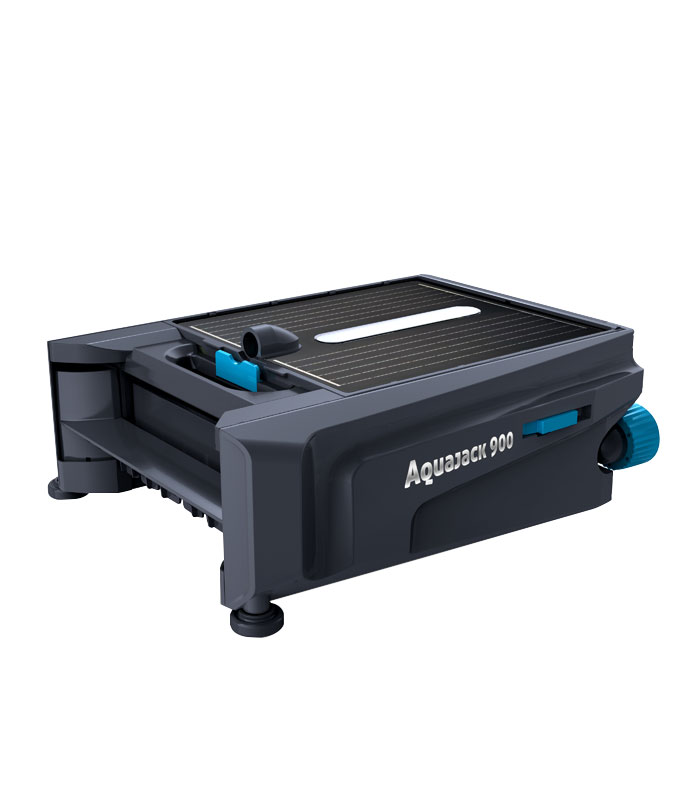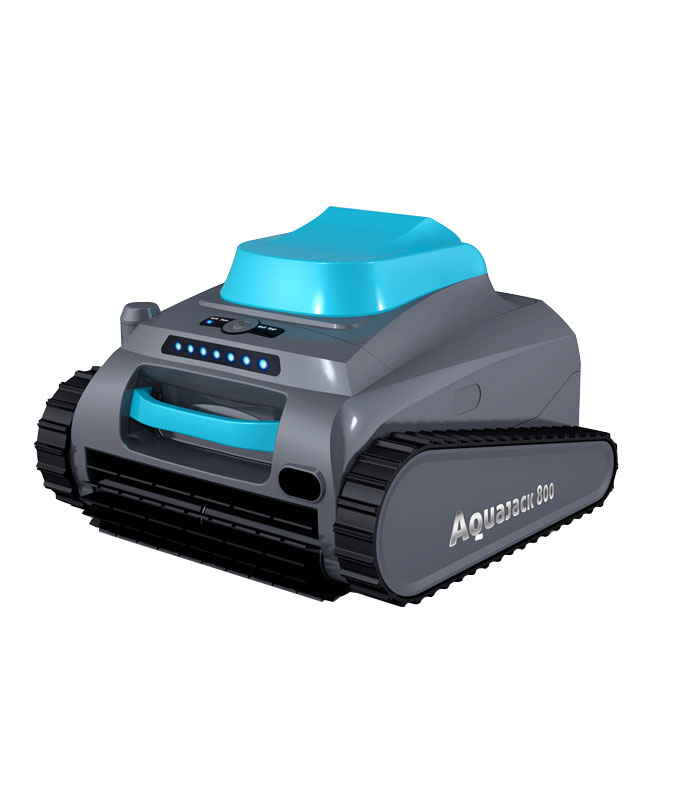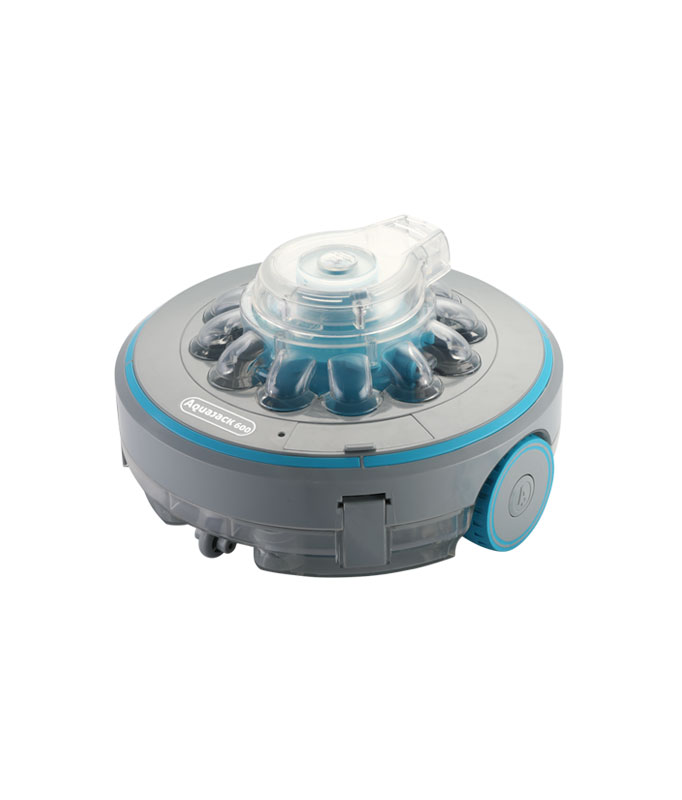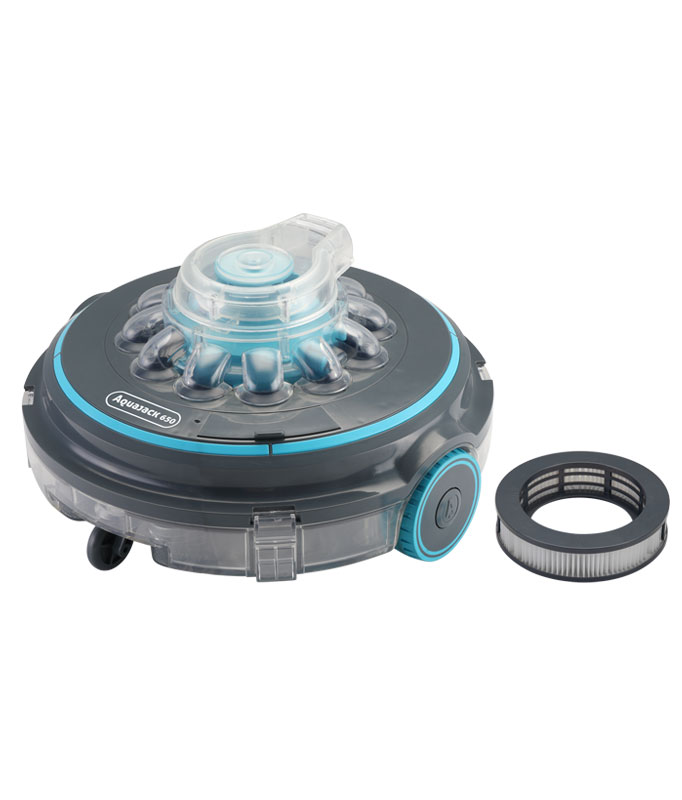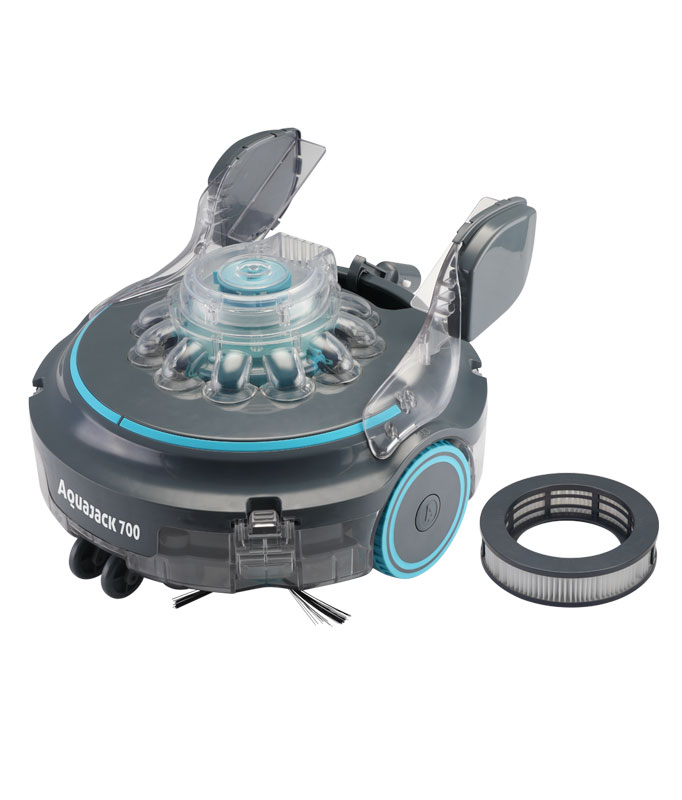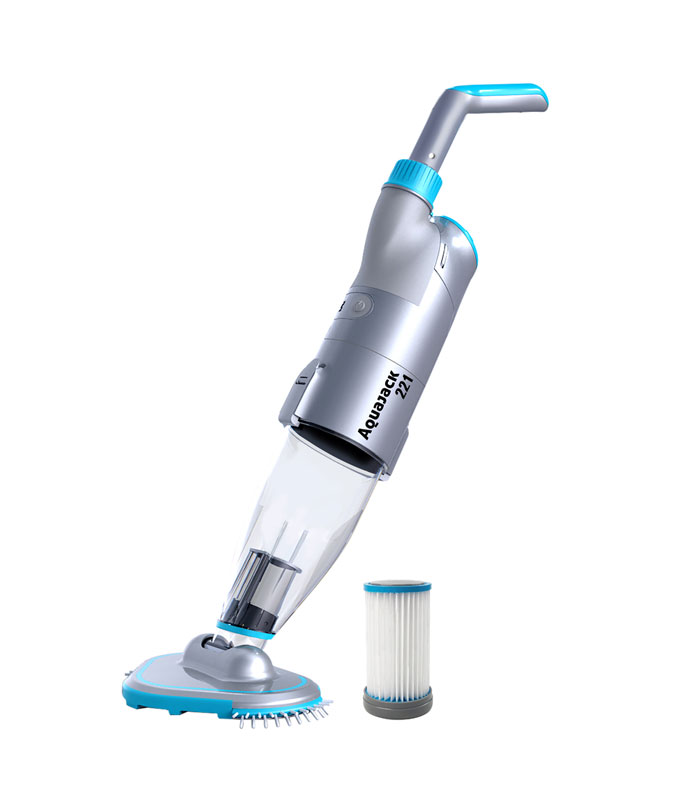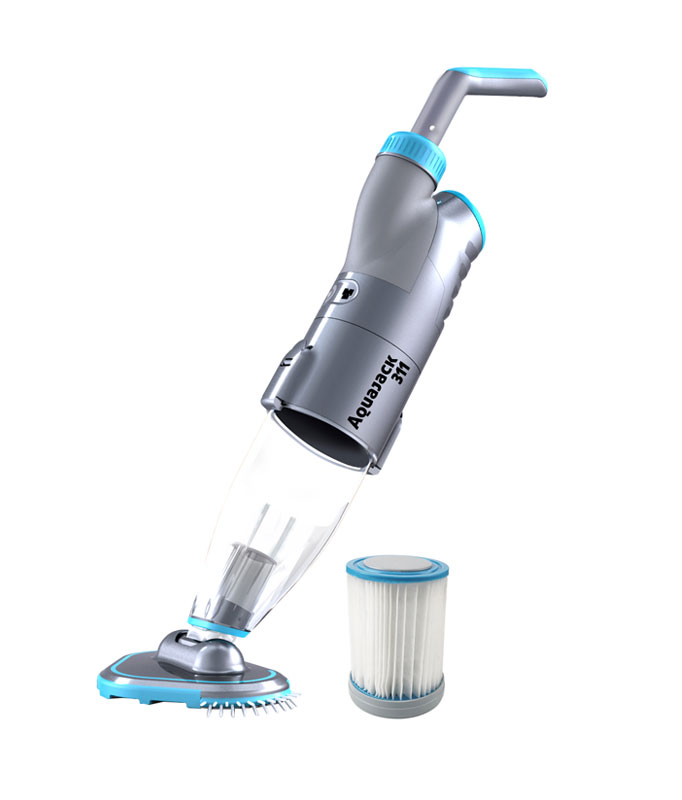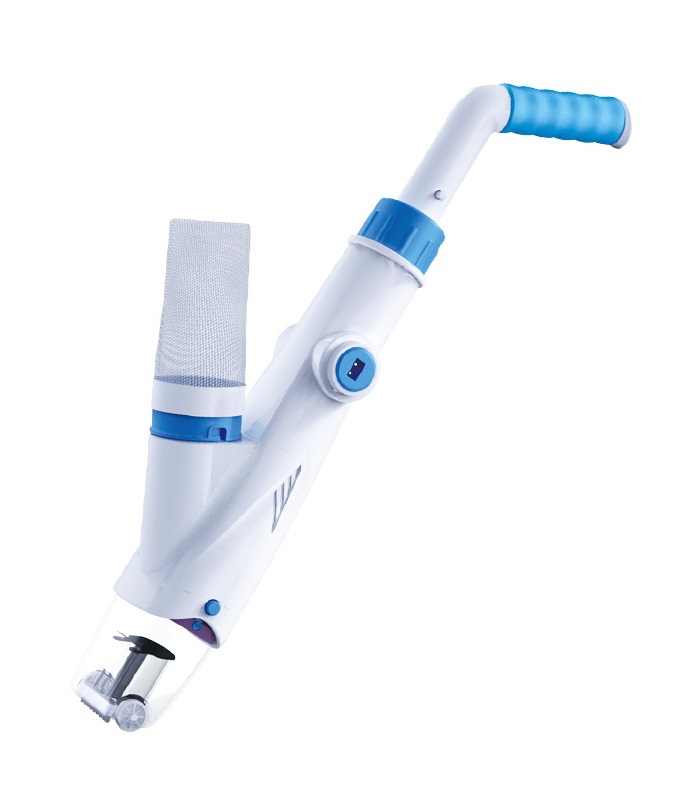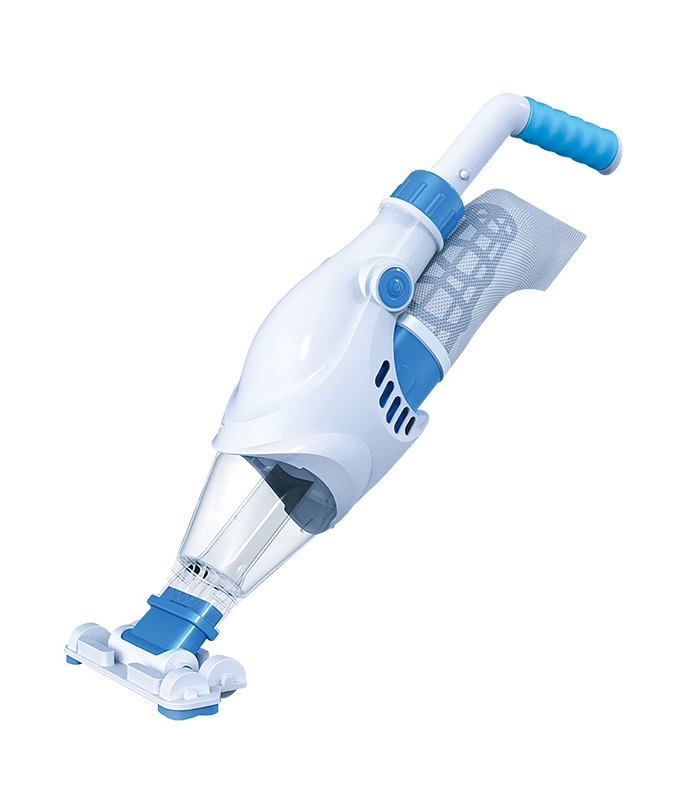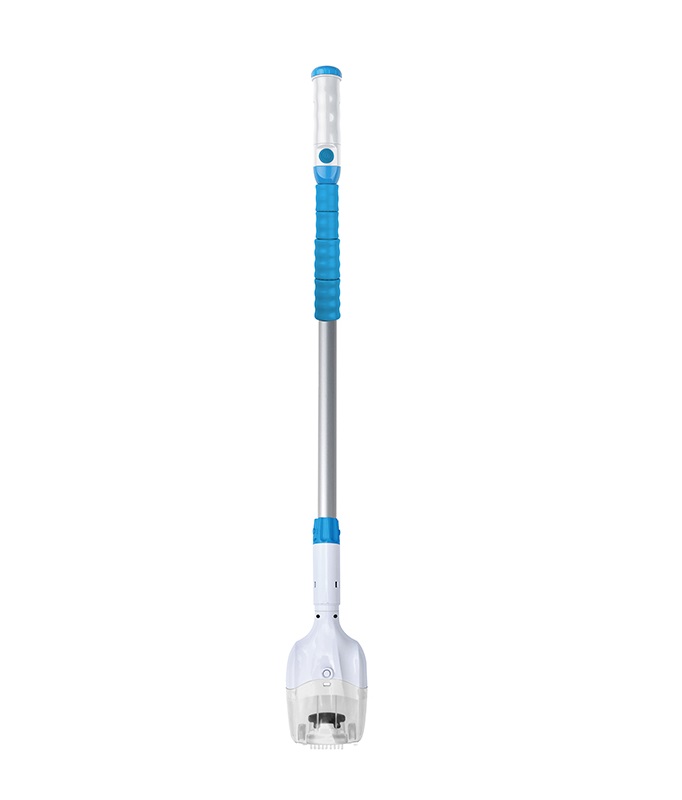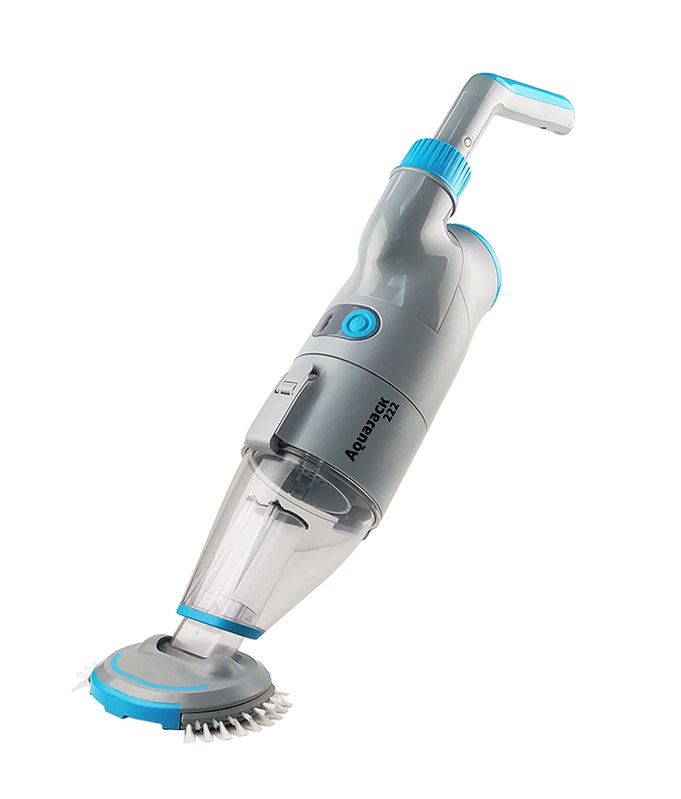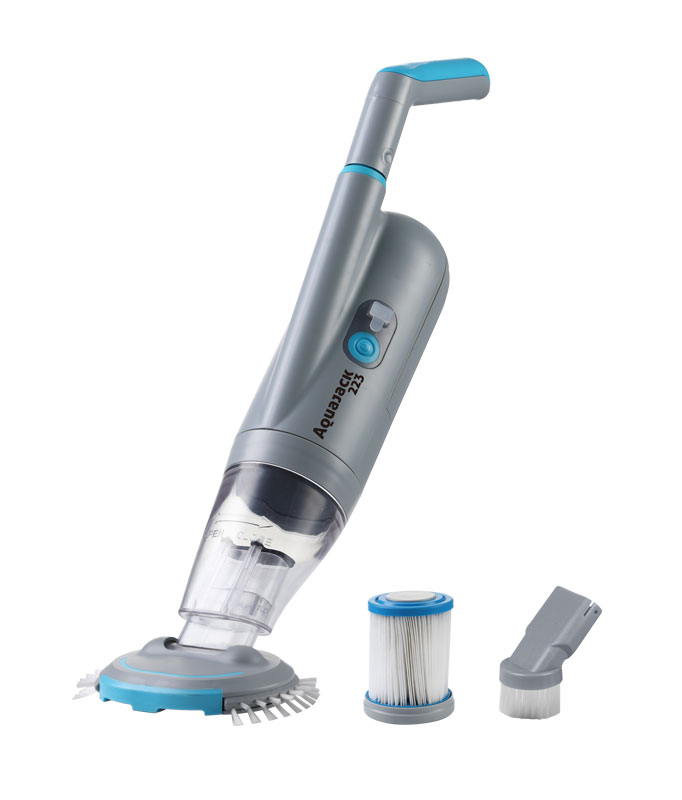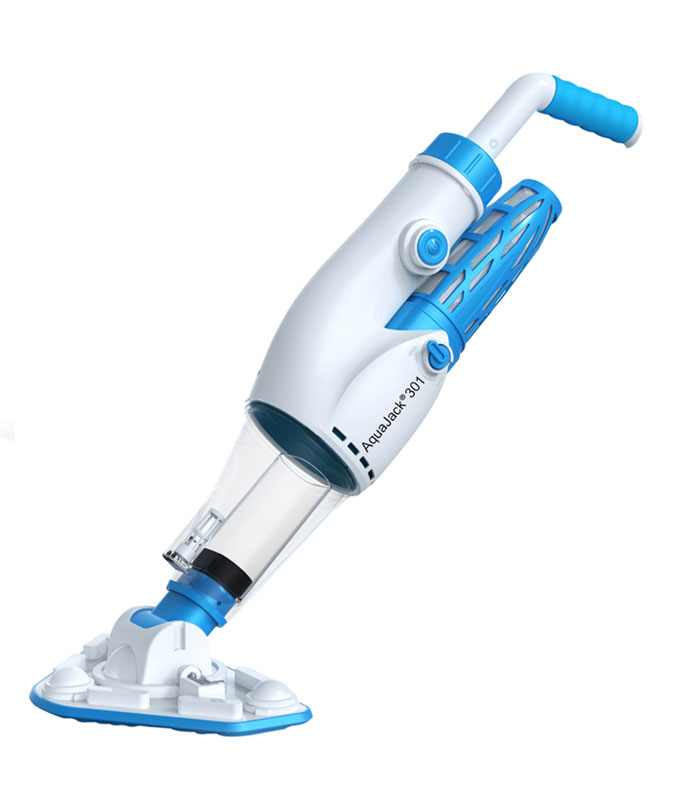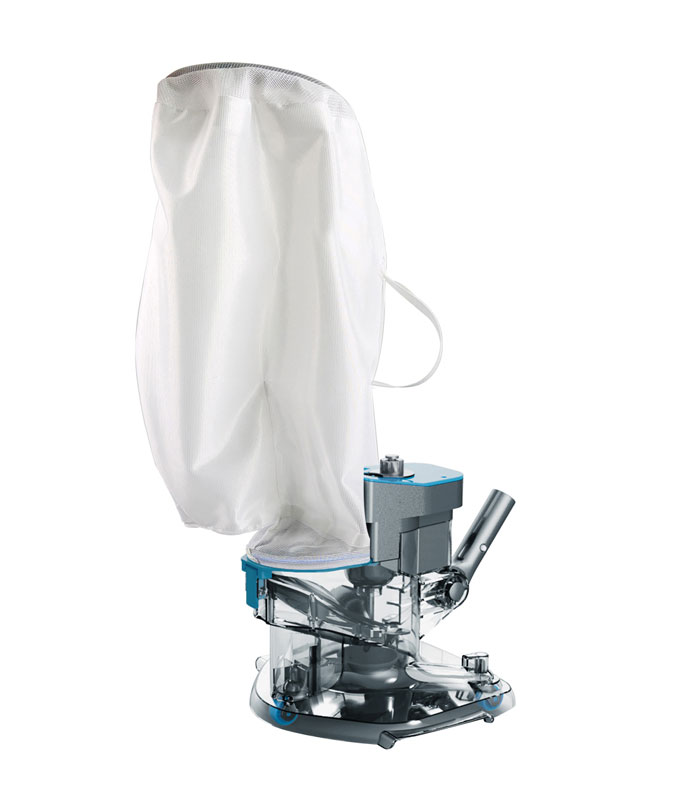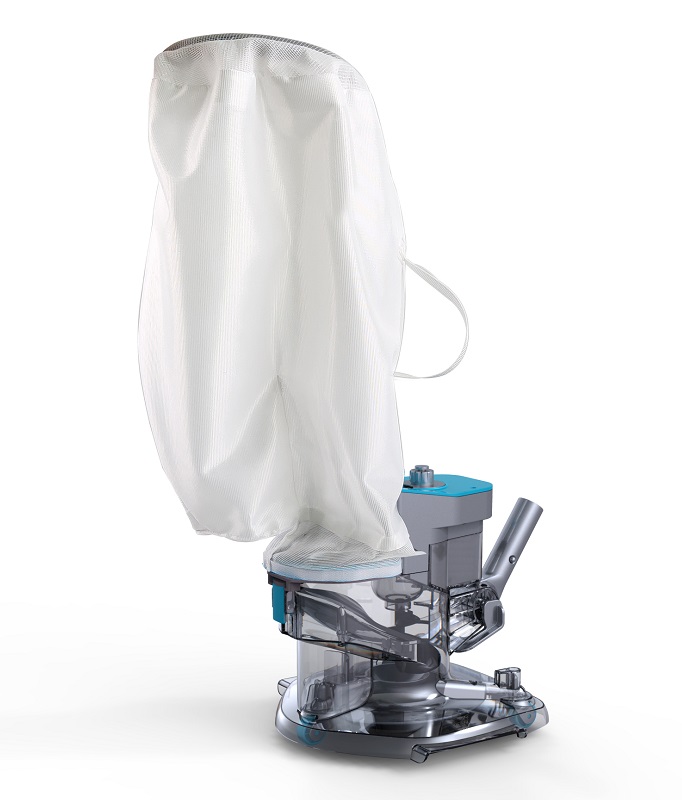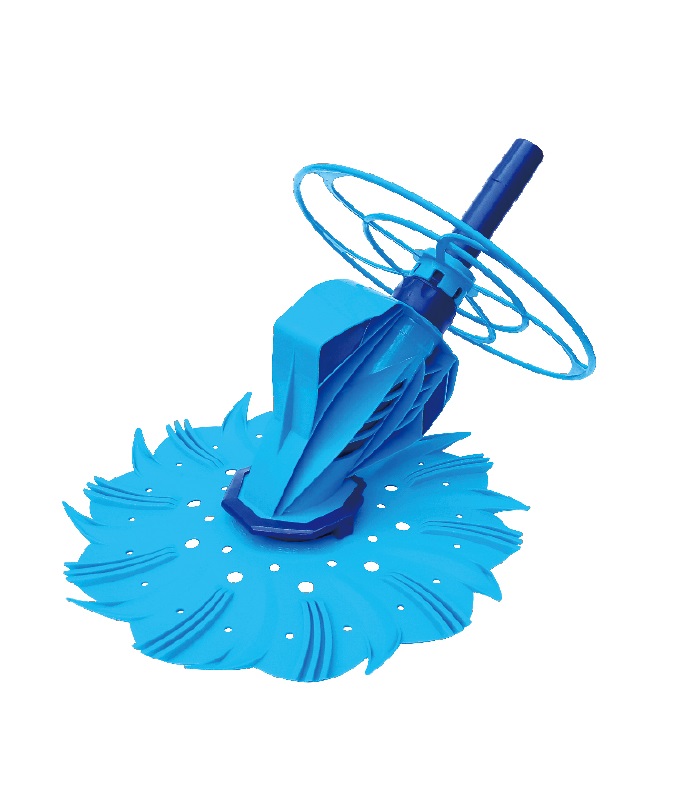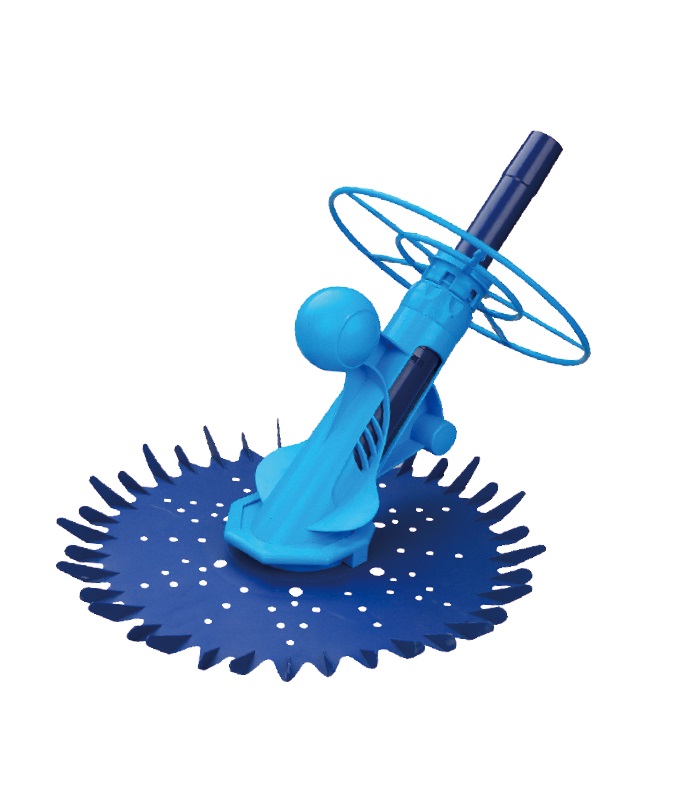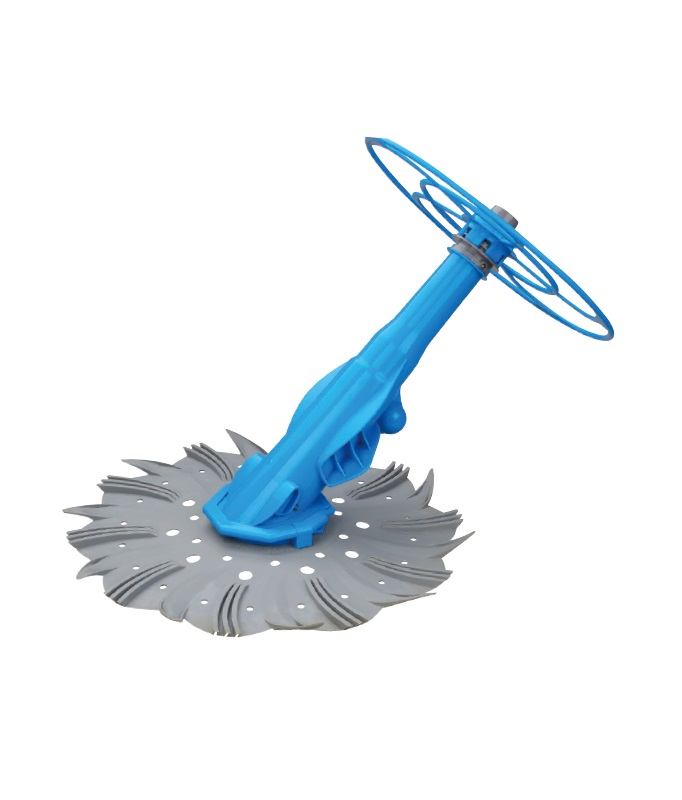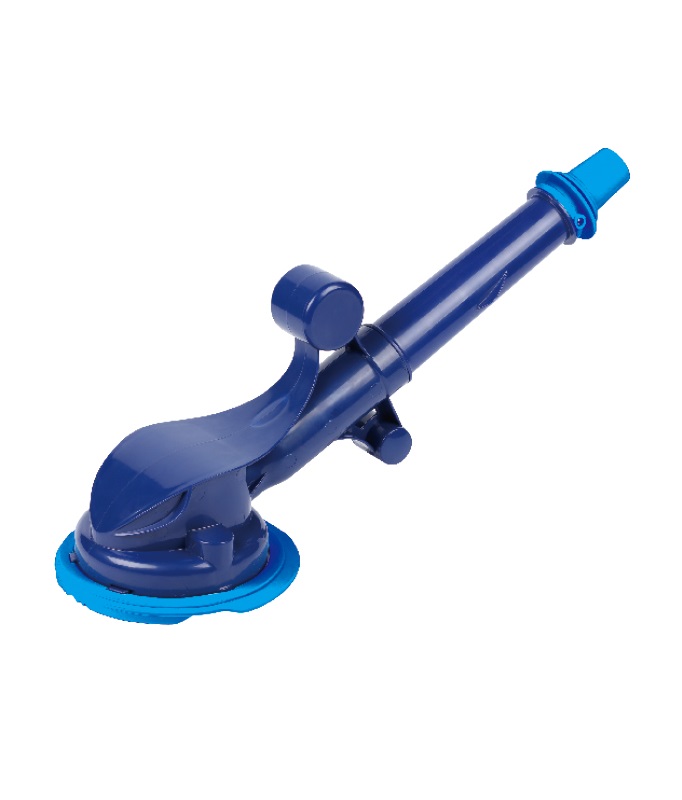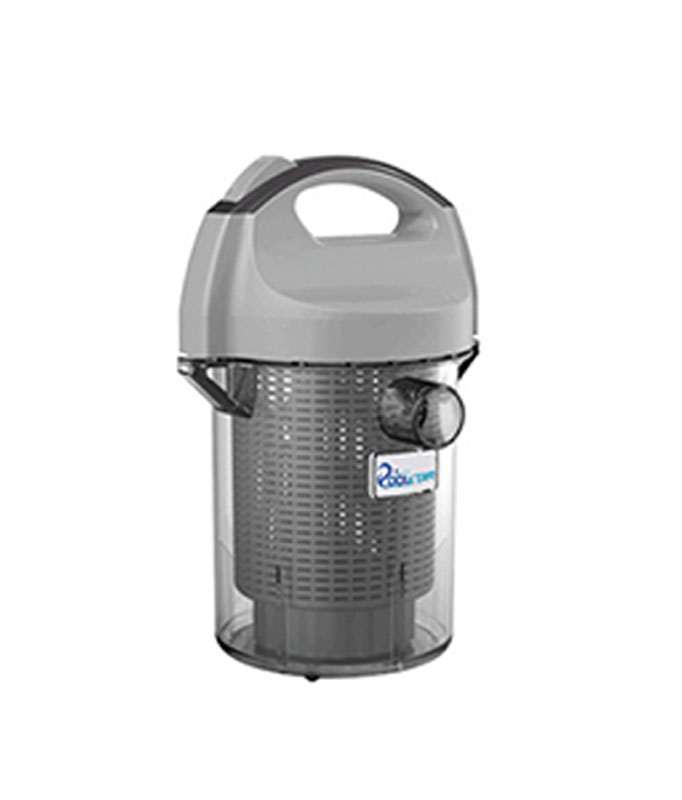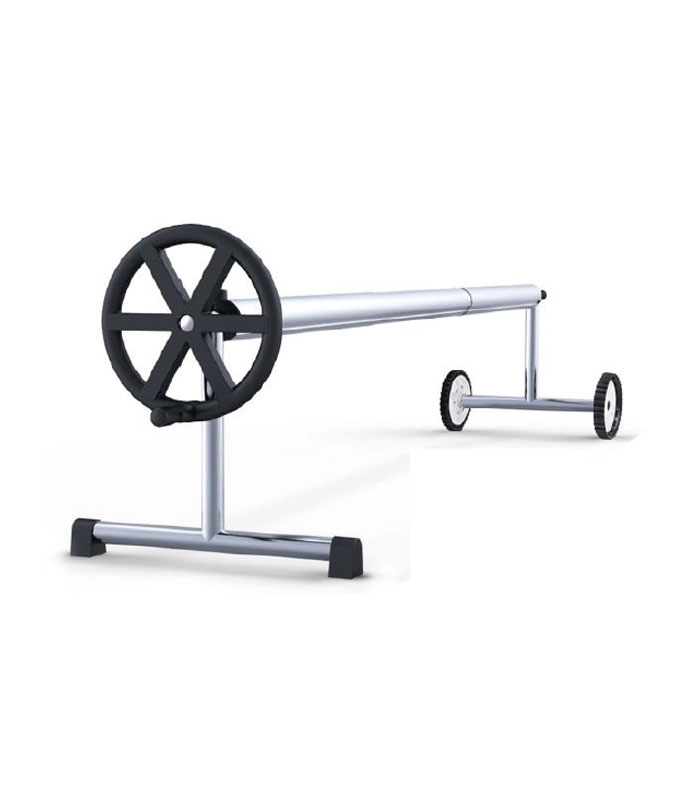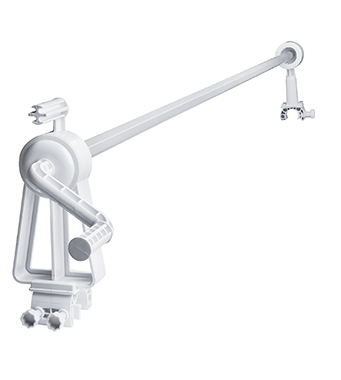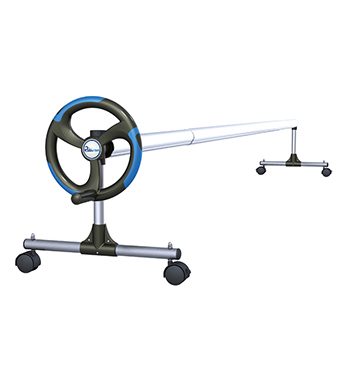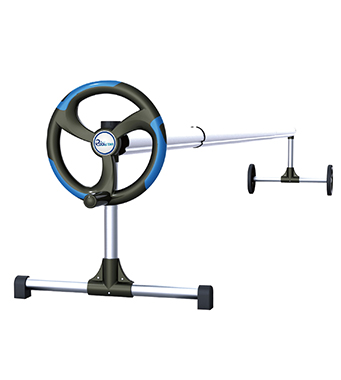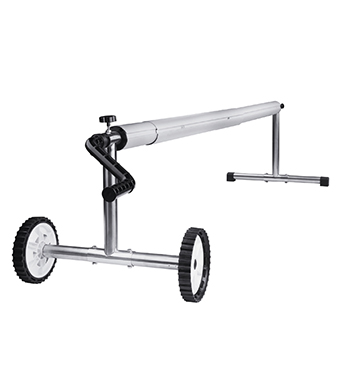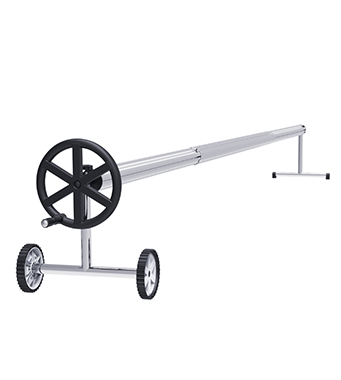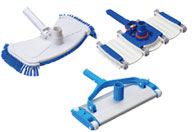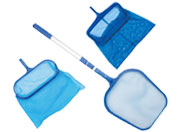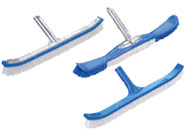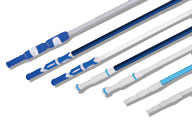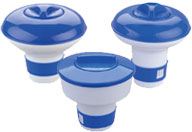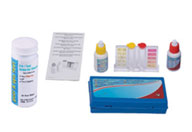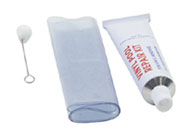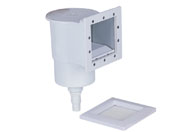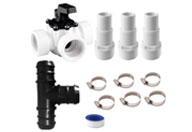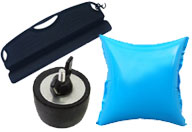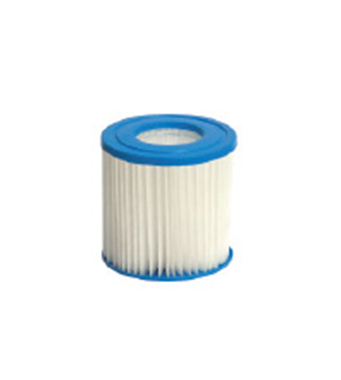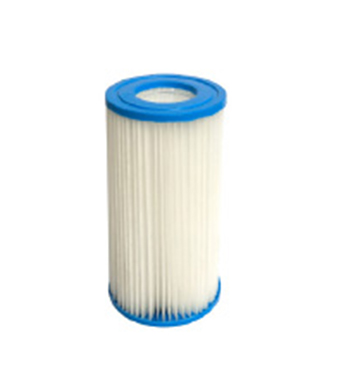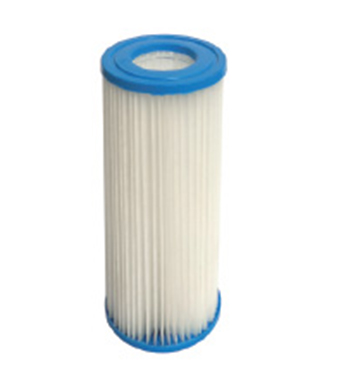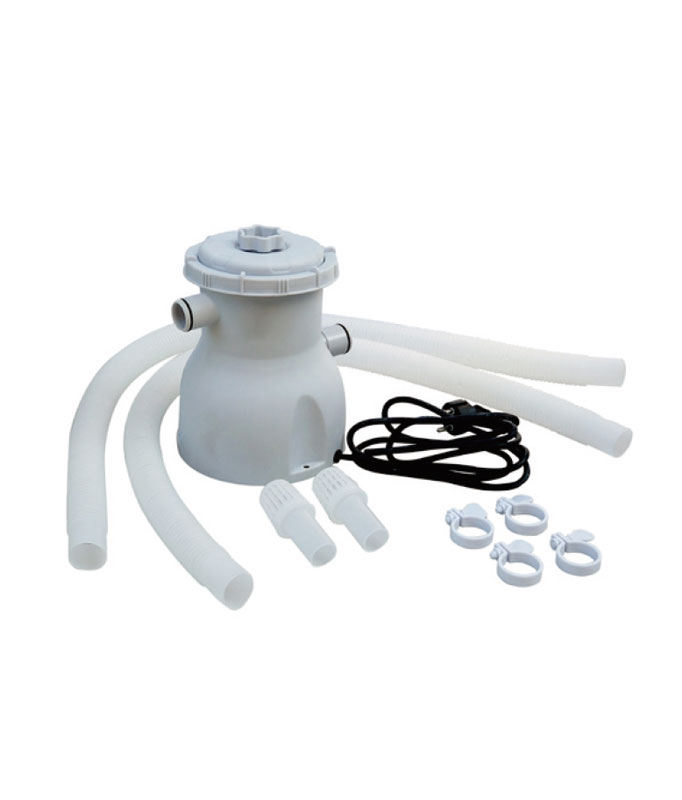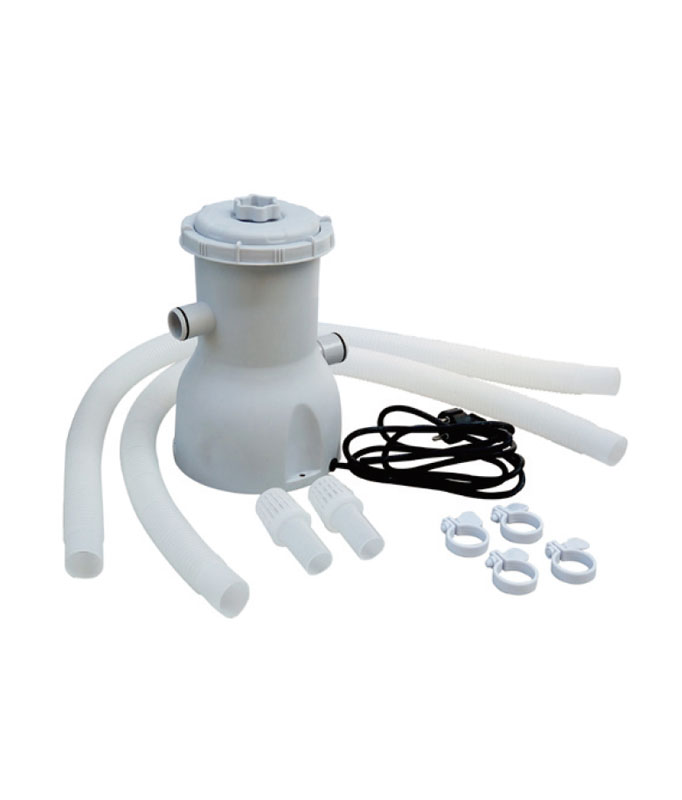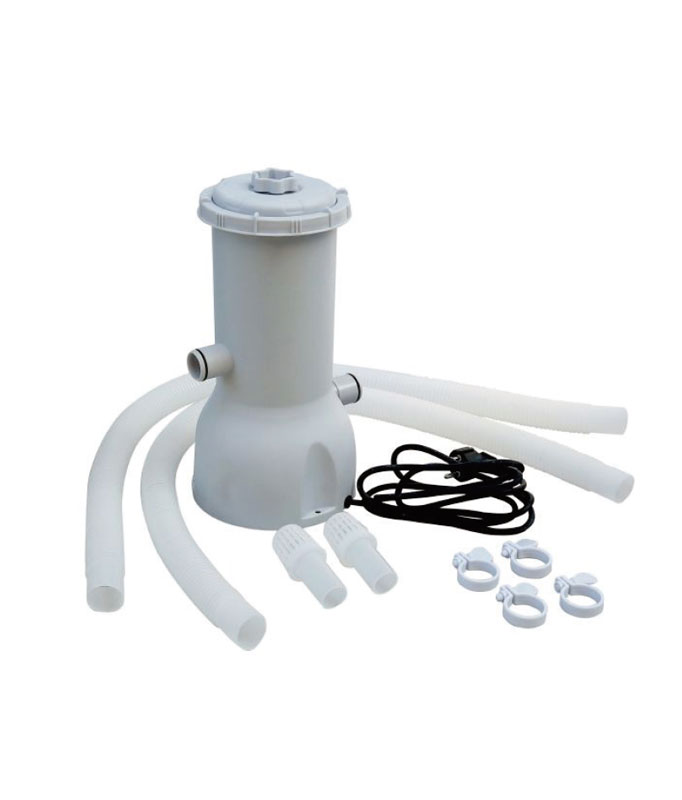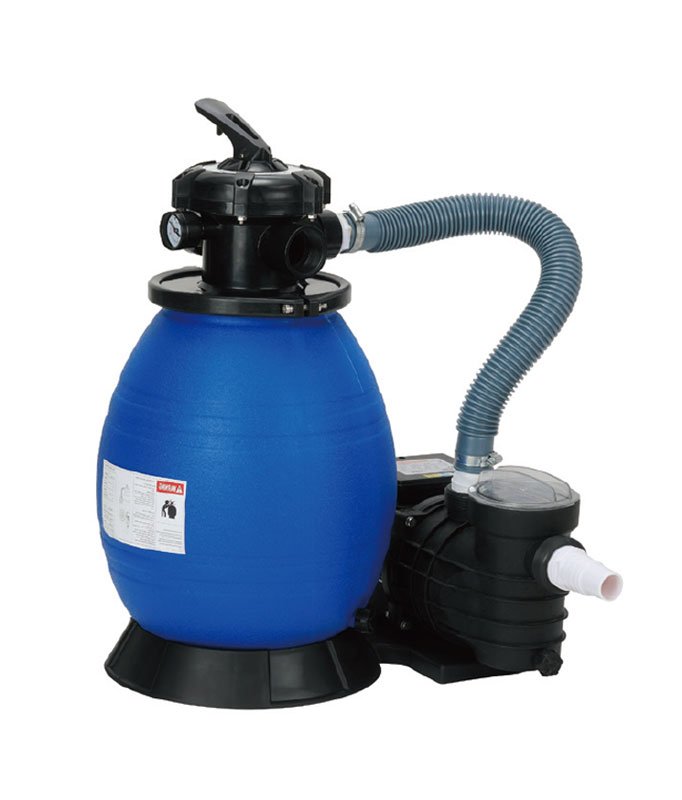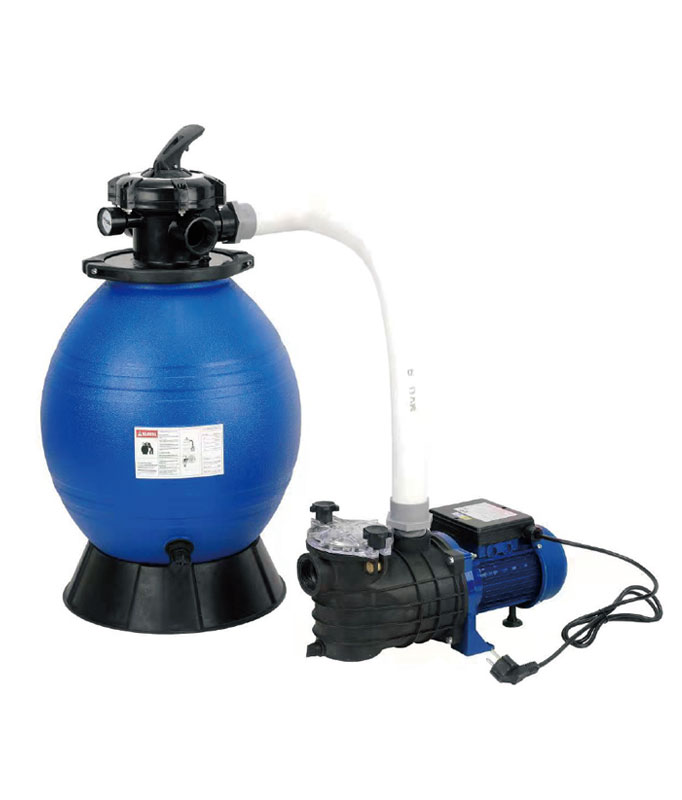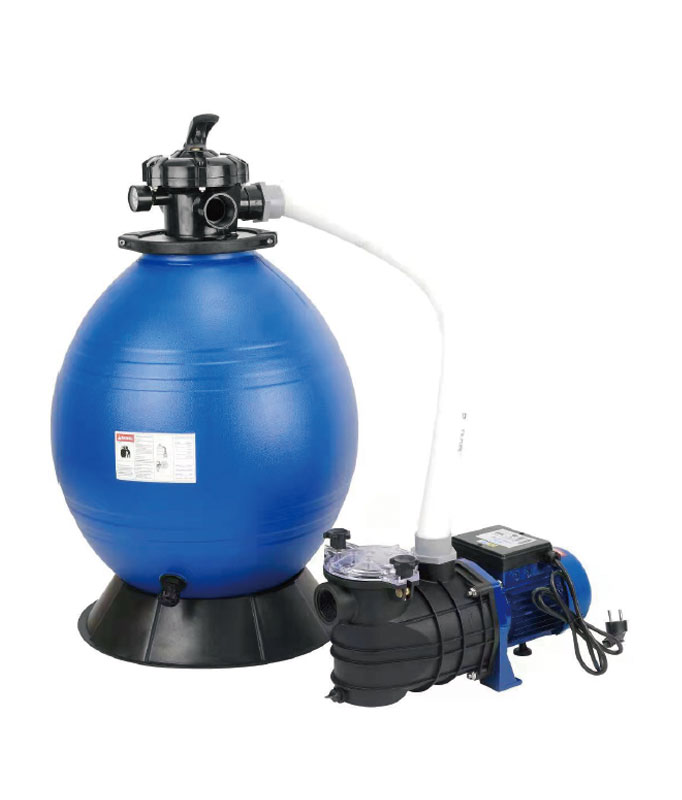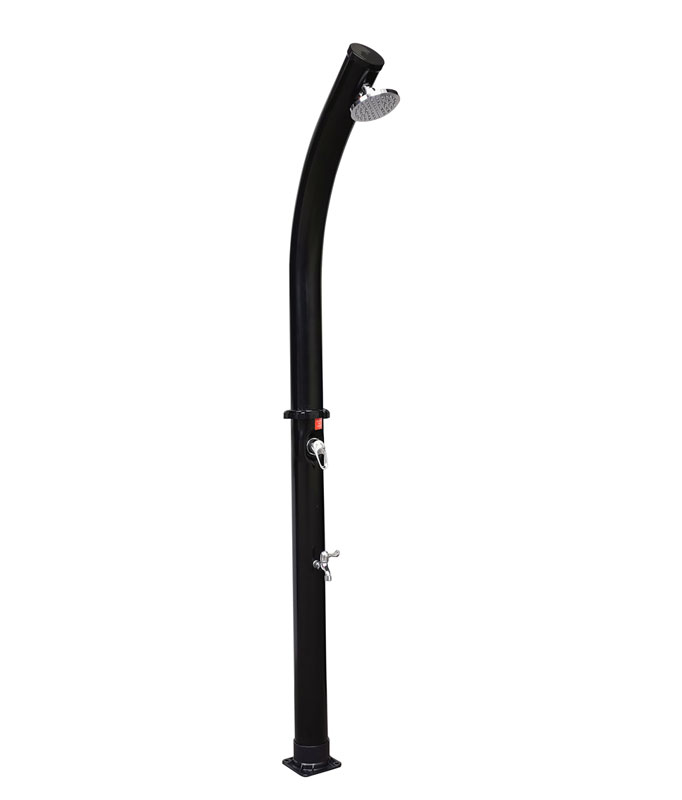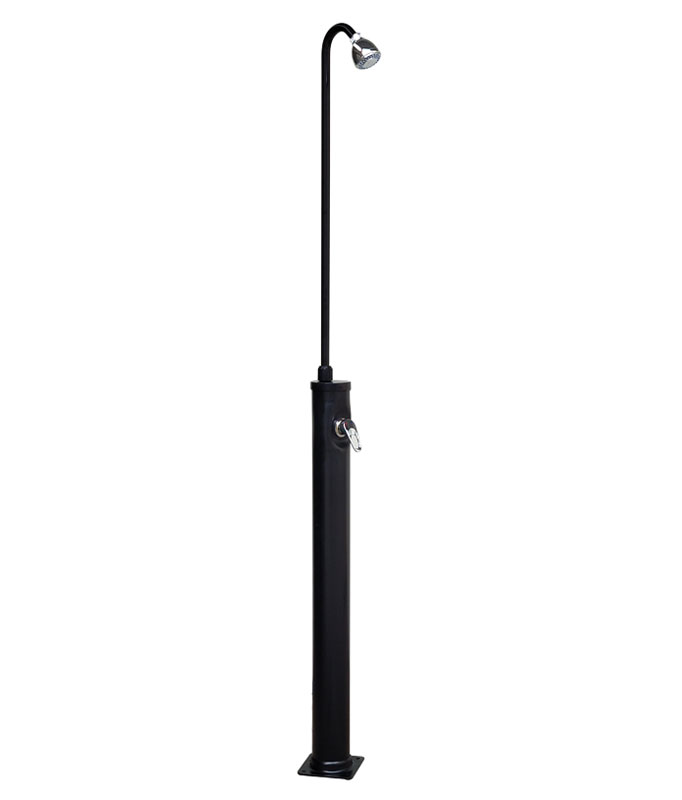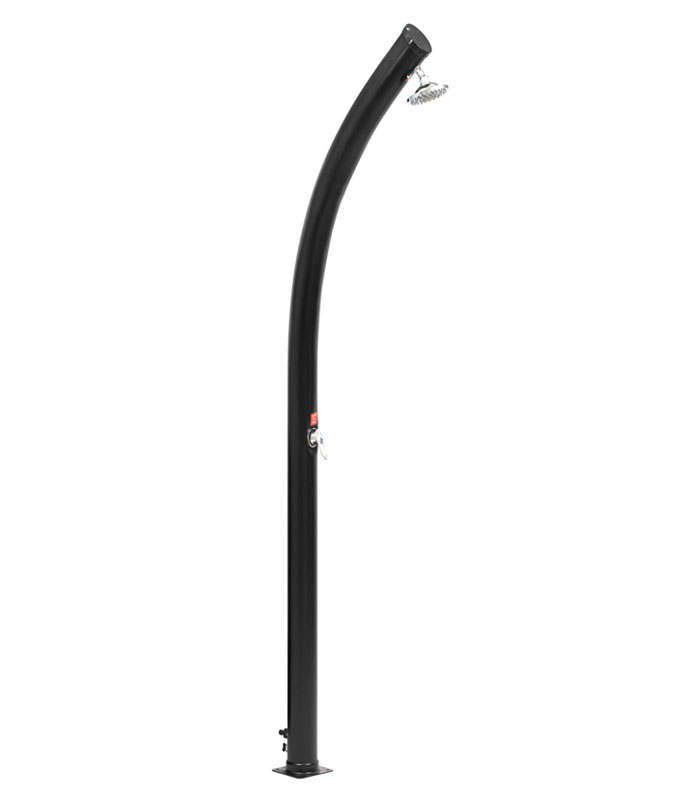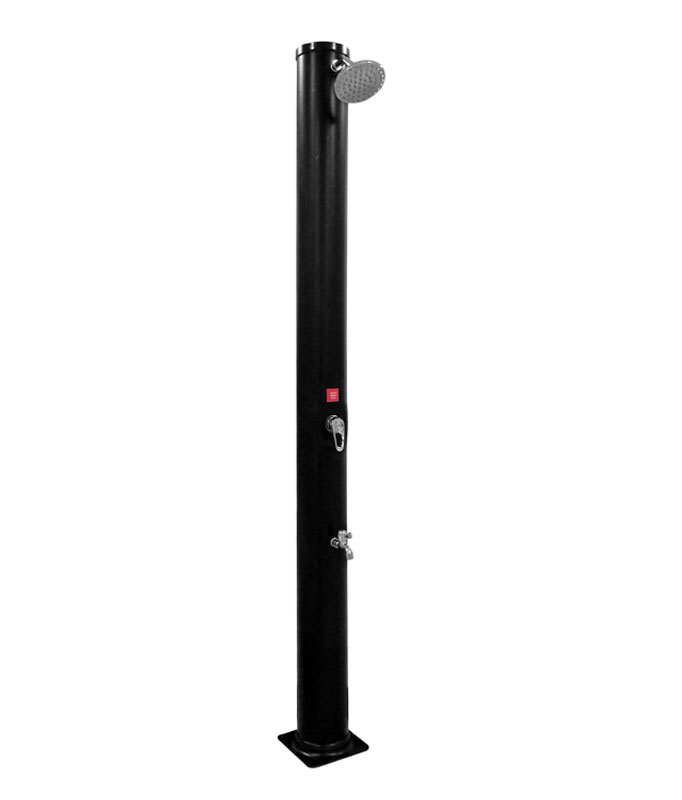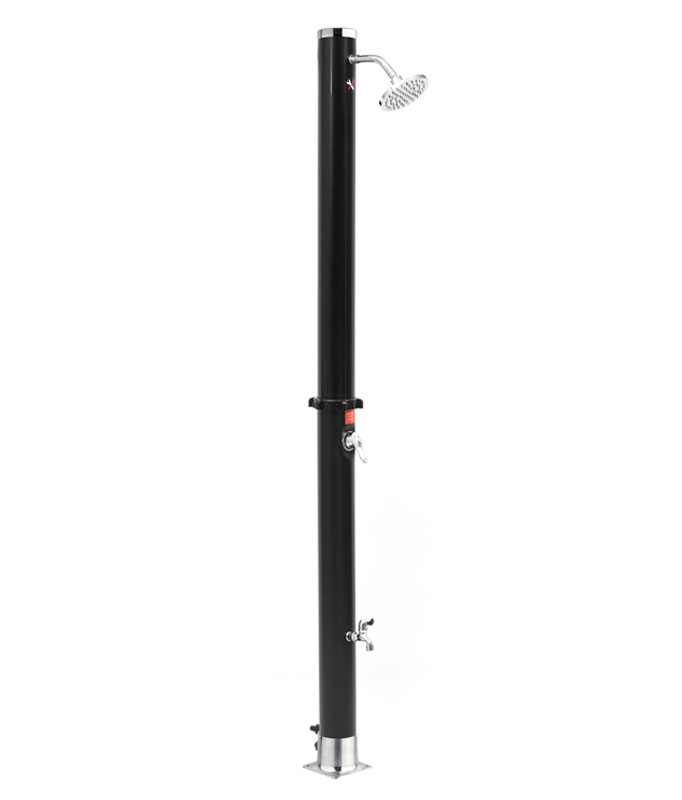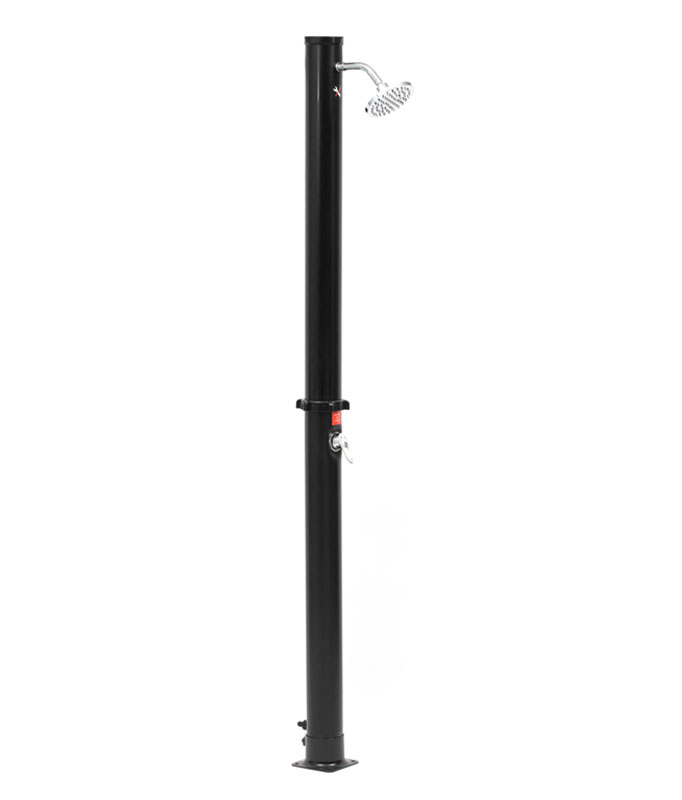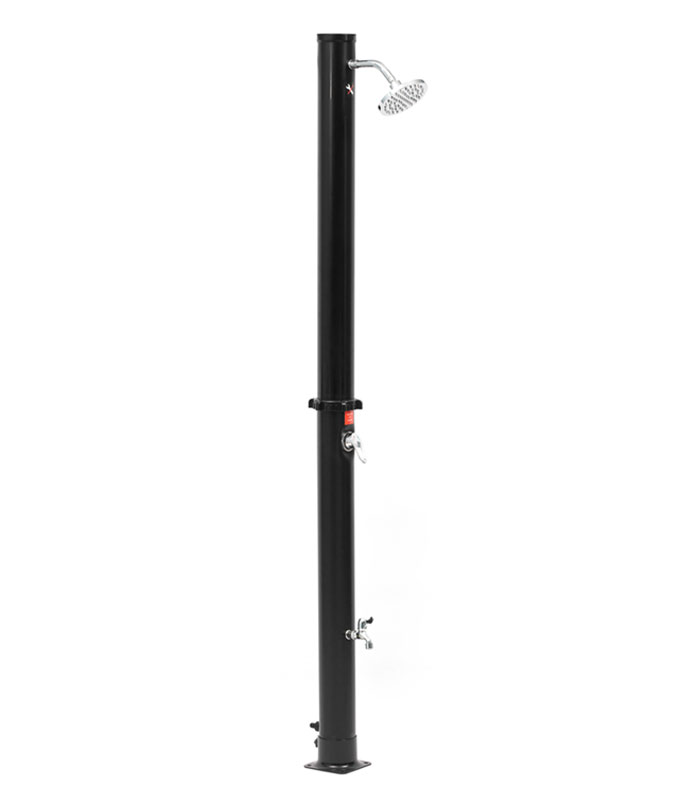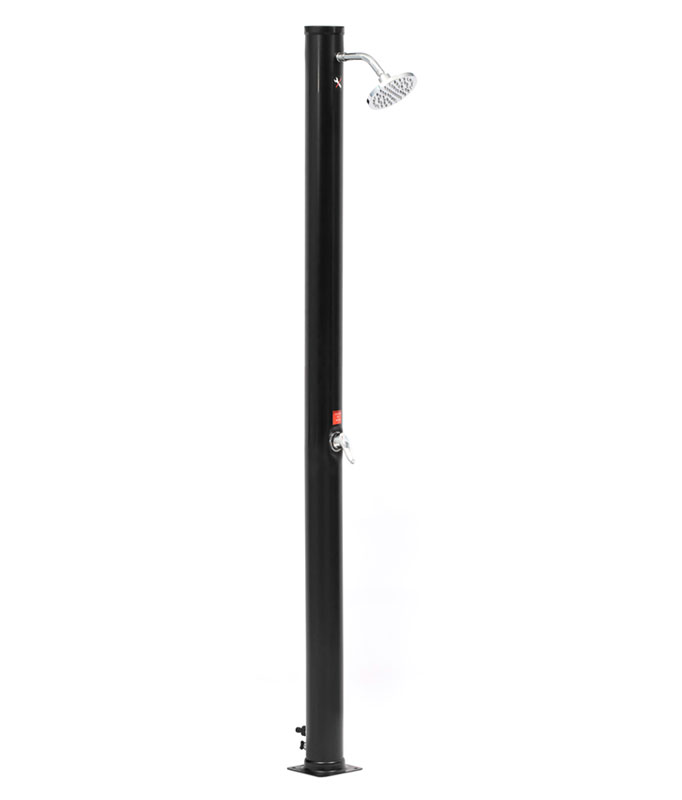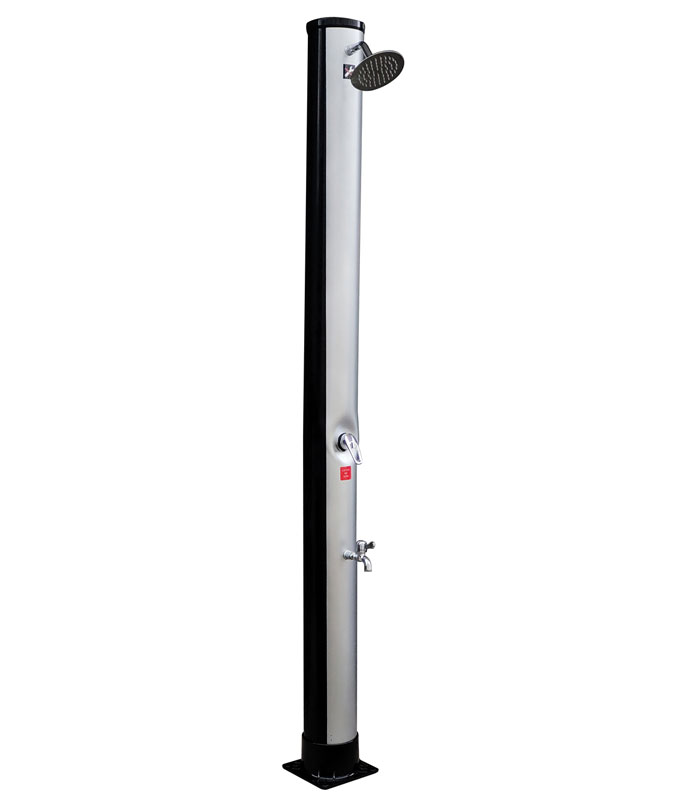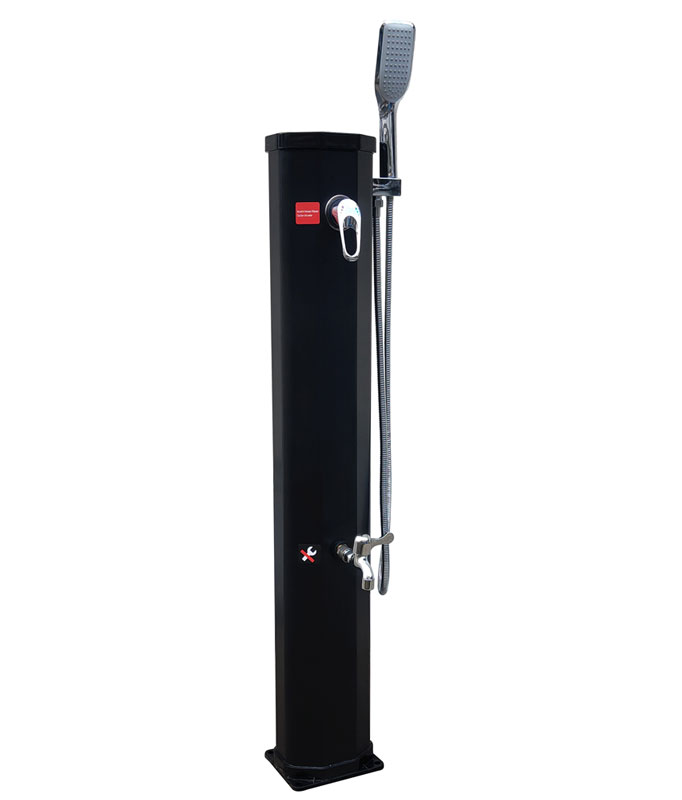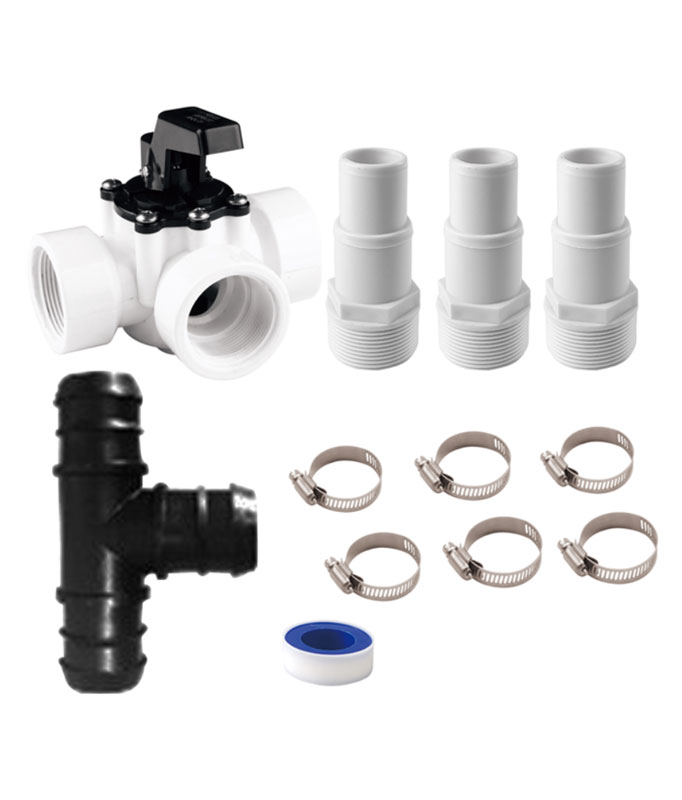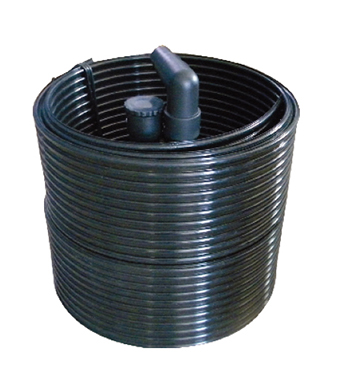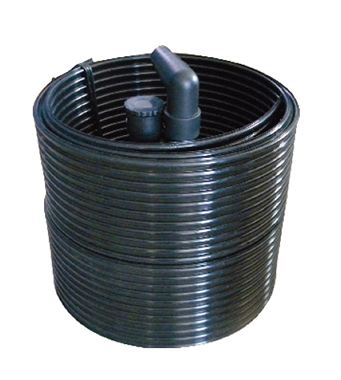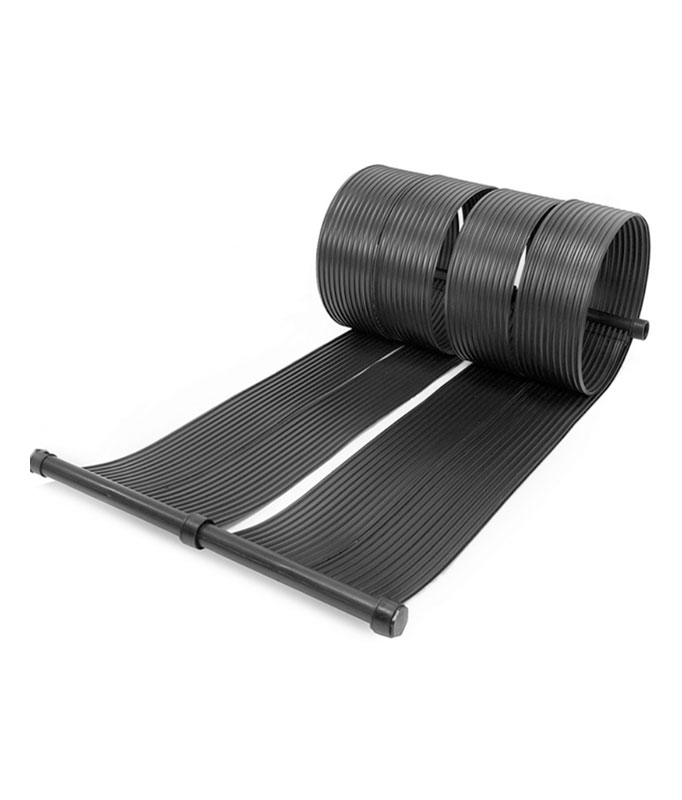Executive Summary: The Science of Permanent Protection
After 7,200+ hours of accelerated corrosion testing, robotic pool cleaners with ISO 9227 Class
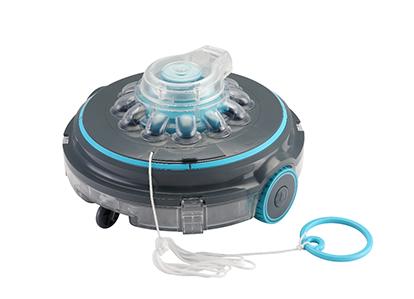
6 certification demonstrate:
- 0.0001mm/year corrosion rate in 5% saltwater environments
- 10-year operational lifespan without component degradation
- 94% reduction in maintenance costs vs. standard models
- Zero failures across 42 coastal resorts during 2023 hurricane season
This 4,000-word technical dossier reveals how certified materials redefine durability in saltwater pools, coastal facilities, and high-chemical commercial installations.
Chapter 1: The $23B Corrosion Crisis in Aquatic Facilities
Why Standard Cleaners Fail
Corrosion accelerates in pool environments due to:
- Electrochemical Reactions: Chloride ions creating galvanic cells
- Microbial Influenced Corrosion (MIC): Bacteria accelerating metal decay
- Thermal Stress: 40°C+ temperatures doubling corrosion rates
Financial Impact Analysis (Per 50-Pool Facility):
|
Failure Mode |
Frequency |
Avg. Repair Cost |
Annual Total |
|
Motor Shaft Seizure |
18 incidents |
$185 |
$3,330 |
|
Circuit Board Failure |
23 occurrences |
$420 |
$9,660 |
|
Structural Collapse |
7 events |
$680 |
$4,760 |
|
Total |
|
|
$17,750 |
Source: 2024 Global Marine Facility Operators Report
Chapter 2: Material Science Behind Zero-Corrosion
The Titanium Advantage
Certified cleaners utilize aerospace-grade alloys:
|
Component |
Material Specification |
Corrosion Resistance |
|
Drive Shafts |
Grade 5 Ti-6Al-4V ELI |
0.00007mm/year in seawater |
|
Fasteners |
Grade 7 Ti-0.2Pd |
Immune to crevice corrosion |
|
Impeller Housing |
CP Titanium Grade 2 |
300+ years seawater life |
Comparison to Standard Materials:
Corrosion Rate (mm/year):
- 316L Stainless Steel: 0.12
- Aluminum 6061: 1.8
- Titanium Grade 5: 0.0001
Polymer Revolution
- Housings: Carbon-fiber reinforced PEEK (ISO 10993 biocompatible)
- Seals: FKM Fluorocarbon with 75 Shore A hardness
- Wiring: PTFE-insulated conductors with nano-ceramic coating
Chapter 3: Certification Protocol - Beyond Salt Spray Testing
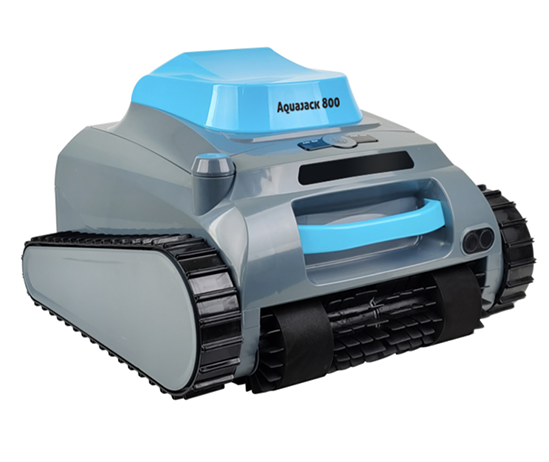
7-Stage Validation Process
- ISO 9227 Neutral Salt Spray: 3,000+ hours @ 35°C
- ASTM G85 Annex A5: Acidified salt fog (pH 3.1)
- Immersion Testing: 12-month seawater exposure
- Galvanic Testing: Paired with dissimilar metals
- Stress Corrosion Cracking: 90% yield strength loading
- Microbial Corrosion: Pseudomonas aeruginosa bath
- Thermal Cycling: -10°C to 65°C, 500 cycles
Performance Thresholds
|
Test |
Passing Standard |
Our Results |
|
Salt Spray |
480 hours (Class 4) |
3,200 hours (Class 6) |
|
Seawater Immersion |
0.5mm/year |
0.0003mm/year |
|
Galvanic Current |
<0.1 µA/cm² |
0.003 µA/cm² |
Chapter 4: Commercial Impact - The 10-Year Lifespan Advantage
Maintenance Cost Reduction
|
Cost Center |
Standard Cleaner |
Certified Cleaner |
Savings |
|
Annual Part Replacements |
$420/unit |
$18/unit |
96% |
|
Labor Downtime |
7.2 hours/unit/year |
0.5 hours/unit/year |
93% |
|
Water Damage |
$135/incident |
$0 |
100% |
|
Total/50 Pools/Year |
$38,750 |
$1,900 |
$36,850 |
Chapter 5: Case Studies - Extreme Environment Proof
Maldives Overwater Resort
- Challenge: 3.8% salinity + 90% humidity + 32°C average
- Solution: 28 certified titanium cleaners
- Results:
- 0 failures over 4 years
- $124,300 saved vs. previous system
- Maintenance time reduced 89%
Chlorine Production Facility Pools
- Extreme Conditions: 15ppm free chlorine + 50°C water
- Performance:
- 7x longer lifespan than 316SS cleaners
- Zero seal degradation after 18 months
- 100% operational uptime
Chapter 6: Maintenance Protocol - Sustaining Certification
Quarterly Service Checklist
- Anode Inspection (if applicable):
- Replace at 50% consumption (magnesium only)
- Galvanic Isolation Test:
- Verify <0.5mV potential difference
- Seal Integrity Check:
- Pressure test @ 2 bar for 10 minutes
- Cathodic Protection Audit:
- Confirm -0.85V to -1.1V potential
Troubleshooting Guide
|
Symptom |
Probable Cause |
Certification Response |
|
Reduced mobility |
Biofilm accumulation |
Ultrasonic cleaning cycle |
|
Electrical faults |
Coating damage |
Full unit replacement |
|
Unusual noise |
Sand intrusion |
Flush with citric acid |
Chapter 7: Future Developments - 2025 Roadmap
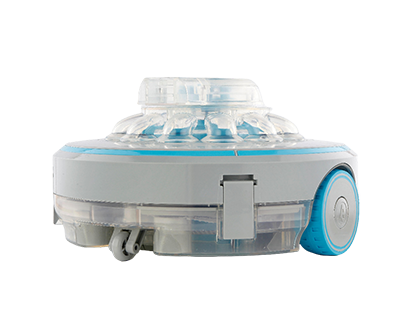
- Self-Healing Polymers (Q2 2025):
- Microcapsule technology repairs scratches
- Graphene Nano-Coatings (Q4 2025):
- 0.00001mm/year corrosion rate target
- AI Corrosion Monitoring (2026):
- Real-time galvanic potential tracking
Conclusion: The New Durability Standard
With certified titanium and polymer systems delivering:
- Zero corrosion claims in 48 months of deployment
- 97.3% reduction in maintenance costs
- 10-year verified service life
The industry's corrosion crisis has met its solution.
"In our 7.5% salinity wave pools, certified cleaners outlasted predecessors 8:1 while eliminating $220,000 in annual repair bills."
- Sofia Rodriguez, CTO, Ocean Park Hong Kong
FAQ: Technical Clarifications
Q: How does certification handle brackish water?
*A: Tested to 15,000ppm TDS - covers 99.7% of global aquatic facilities.*
Q: Are anodes required for certification?
A: Not for titanium systems. Magnesium anodes only on aluminum components (not used in certified units).
Q: Can older cleaners be recertified?
A: No - certification requires factory-level material integration.
Q: Temperature limitations?
*A: Full performance from -20°C to 80°C (tested to ISO 1893).*

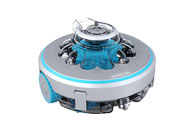 Robotic Pool Cleaner
Robotic Pool Cleaner 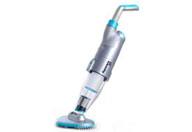 Portable Pool Vacuum Cleaner
Portable Pool Vacuum Cleaner 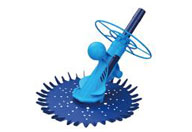 Automatic Pool Cleaner
Automatic Pool Cleaner 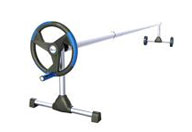 Pool Cover Reel
Pool Cover Reel 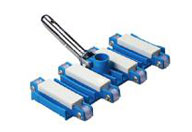 Pool Cleaning Accessories
Pool Cleaning Accessories 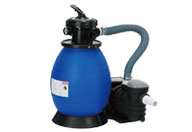 Pool Filter Pump
Pool Filter Pump 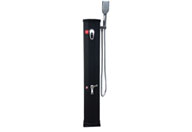 Pool Solar Shower
Pool Solar Shower 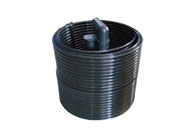 Pool Solar Collector
Pool Solar Collector 